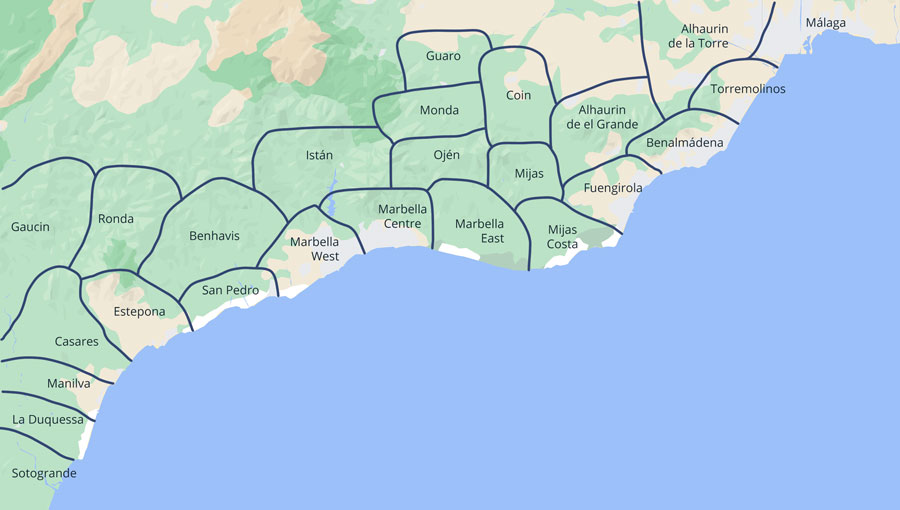The History of Malaga

Málaga, one of the oldest cities in the world, has a rich and diverse history that spans nearly 3,000 years. Founded around 770 BC by the Phoenicians, who named it "Malaka," the city served as an important trading post on the Mediterranean coast. The name "Malaka" is believed to have derived from the Phoenician word for salt, reflecting the city's early role in the fish-salting industry.
After the decline of Phoenician power, Málaga fell under the control of the Carthaginians in the 6th century BC and later the Romans in 218 BC, who integrated it into the Roman Empire as part of the province of Hispania. During Roman rule, Málaga flourished, becoming a significant port and developing many of the infrastructure elements, like roads and aqueducts, that laid the foundation for the city’s future growth. The remains of a Roman theatre near the Alcazaba fortress are a testament to this period.
Following the fall of the Roman Empire, Málaga, like much of the Iberian Peninsula, was invaded by the Visigoths. However, their rule was short-lived, as the Moors from North Africa conquered the city in 711 AD. Under Moorish rule, Málaga became an important cultural and economic centre of Al-Andalus, the Muslim-ruled areas of Spain. The Moors built the Alcazaba and Gibralfaro fortresses, which still stand today as symbols of the city's Islamic heritage.
In 1487, after a long siege, Málaga was captured by the Catholic Monarchs, Ferdinand and Isabella, during the Reconquista, the campaign to reclaim Spain from Muslim rule. The city's population suffered greatly during the siege, and after its conquest, Málaga was forcibly repopulated with Christian settlers. This period marked the beginning of significant changes in the city's architecture, culture, and society, as churches and monasteries were built on the sites of former mosques.
During the 16th and 17th centuries, Málaga experienced economic growth, particularly in agriculture and trade. However, the city also faced challenges, including pirate attacks, plagues, and earthquakes. In the 19th century, Málaga became one of Spain’s most industrialised cities, known for its wine, textile, and metal industries.
The city played a significant role in Spain’s modern history as well. It was an early supporter of the liberal movements of the 19th century and faced hardship during the Spanish Civil War (1936–1939), suffering heavy bombardment and occupation by Franco’s forces. After the war, Málaga gradually recovered and, by the mid-20th century, began to transform into the tourist destination it is today.
Málaga’s modern history is marked by rapid development, particularly since the 1960s, when the Costa del Sol became a popular destination for international tourists. Today, the city blends its rich historical heritage with a vibrant contemporary culture, boasting world-class museums, a thriving port, and a revitalised urban landscape that attracts millions of visitors each year.






 We are proud to announce that The Spanish Estate Agent has been awarded Best Luxury Boutique Real Estate Broker 2025. This prestigious recognition reflects our unwavering commitment to excellence, personalized service, and exceptional results in the luxury property market.
We are proud to announce that The Spanish Estate Agent has been awarded Best Luxury Boutique Real Estate Broker 2025. This prestigious recognition reflects our unwavering commitment to excellence, personalized service, and exceptional results in the luxury property market.